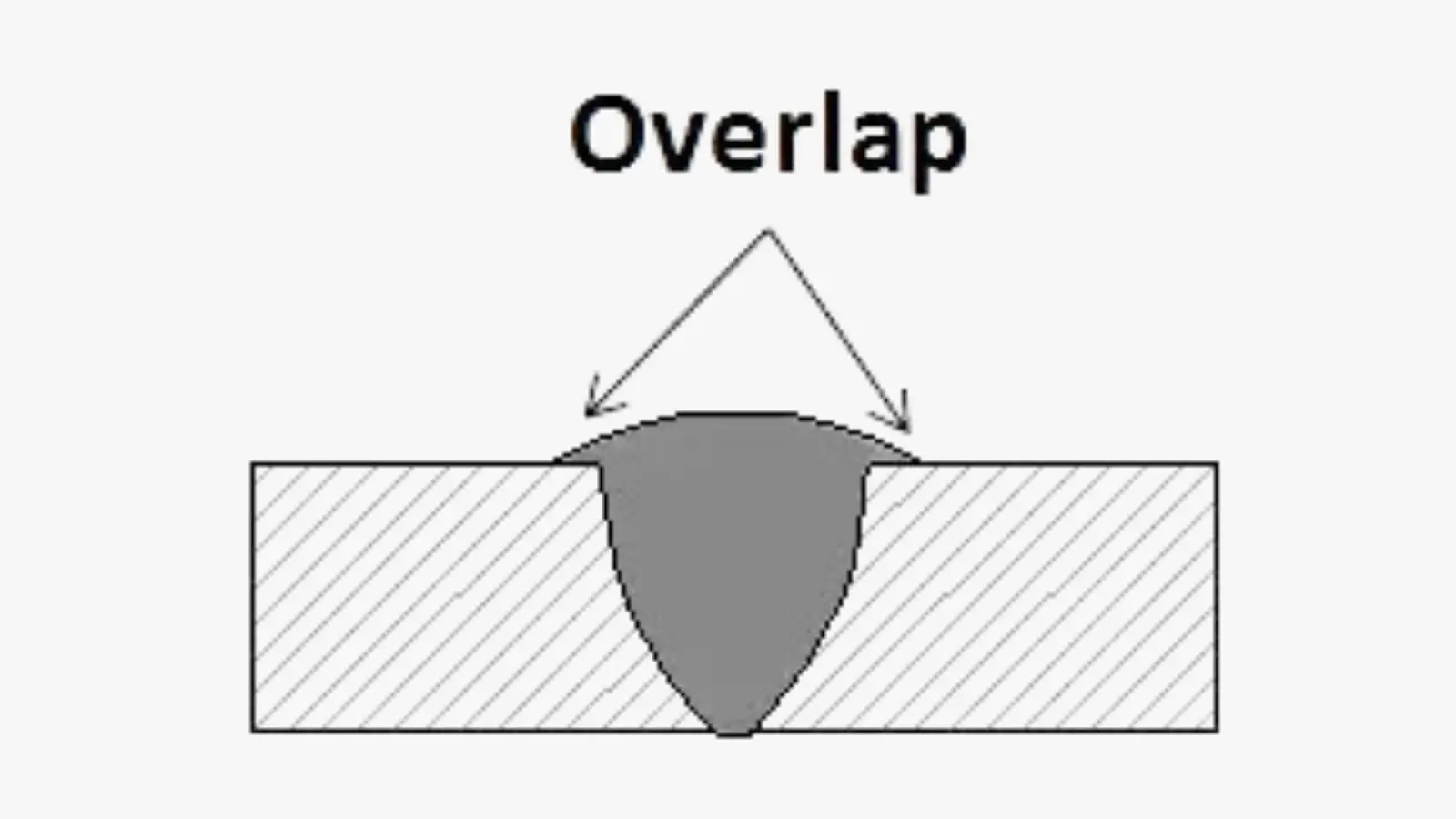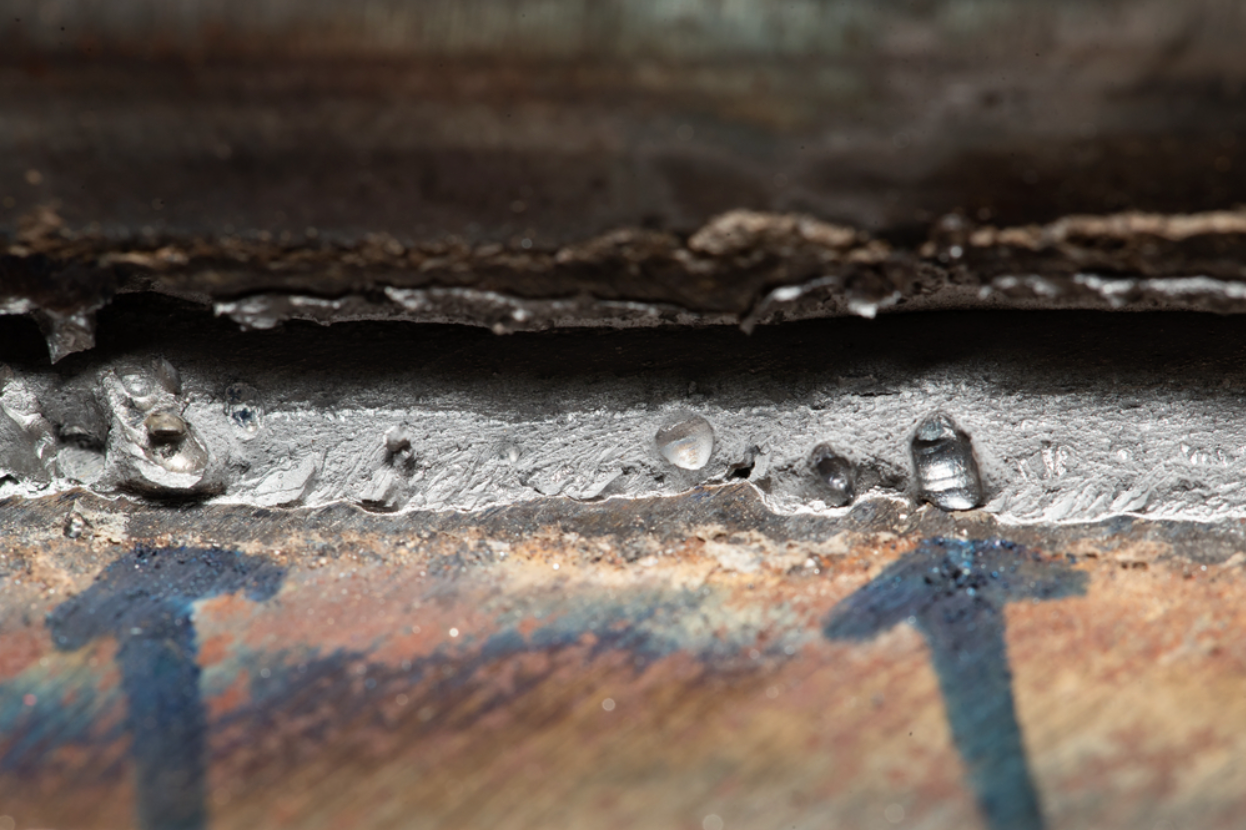Preventing Weld Undercut Made Easy: Trick Techniques Revealed
Preventing Weld Undercut Made Easy: Trick Techniques Revealed
Blog Article
Mastering the Art of Welding: Exactly How to Stay Clear Of Undercut Welding Issues for Flawless Construction Outcomes
Effectiveness and accuracy are extremely important in the globe of welding, where even the tiniest imperfection can jeopardize the architectural stability of a made piece. One usual challenge that welders face is damaging, a defect that can deteriorate a weld joint and lead to expensive rework. By understanding the origin of undercut welding and applying effective techniques to stop it, welders can boost their craft to new levels of quality (Preventing weld undercut). In the pursuit of remarkable fabrication outcomes, grasping the art of welding to prevent undercut issues is not simply a skill but a necessity for those pursuing perfection in their work.
Recognizing Undercut Welding

To stop undercut welding, welders must make certain correct welding criteria, such as adjusting the present, voltage, traveling rate, and maintaining the proper electrode angle. By comprehending the reasons of undercut welding and executing precautionary procedures, welders can attain high-grade, structurally sound welds.
Reasons For Undercut in Welding
Understanding the variables that add to damage in welding is necessary for welders to produce top notch, structurally sound welds. Damaging takes place when the weld steel does not appropriately fill the groove developed in between the base metal and the previously transferred weld metal. Numerous variables can lead to damage in welding. One common reason is extreme warmth input. Welding at heats for extended periods can cause the base steel melting greater than preferred, leading to undercut. Poor welding wrong or existing welding rate can likewise add to undercut. Insufficient current might not supply sufficient warm to thaw the base and filler steels appropriately, while too much rate can avoid appropriate blend, creating undercut. In addition, improper electrode angles or wrong lantern control techniques can develop areas of reduced weld steel deposition, promoting undercut. Recognizing these reasons and carrying out proper welding strategies can aid stop damaging problems, making certain solid and durable welds.
Strategies to stop Undercutting

To alleviate the risk of damaging in welding, welders can employ strategic welding techniques aimed at enhancing the top quality and integrity of the weld joints. In addition, using the proper welding technique for the specific joint arrangement, such as weave or stringer beads, can contribute to minimizing undercutting.
Moreover, correct joint preparation, including making certain tidy base products devoid of impurities and using the proper welding consumables, is important in avoiding undercut issues. Using back-step welding methods and controlling the weld bead profile can additionally assist disperse warmth evenly and lessen the threat of undercut. Normal evaluation of the weld joint throughout and after welding, as well as implementing quality assurance steps, can help in finding and resolving undercutting concerns quickly. By executing these strategies carefully, welders can attain flawless manufacture results with marginal undercut issues.
Value of Proper Welding Parameters
Choosing and preserving suitable welding specifications is vital for accomplishing effective welds with very little problems. Welding criteria refer to variables such as voltage, existing, travel rate, electrode angle, and securing gas flow rate that directly affect the welding process. These parameters must be meticulously changed based on the kind of product being bonded, its density, and the welding technique utilized.
Proper welding criteria guarantee the right quantity of heat is used to melt the base steels and filler material consistently. If the here criteria are established expensive, it can result in excessive warmth input, triggering burn-through, distortion, or spatter. On the other hand, if the criteria are also low, incomplete blend, lack of infiltration, or damaging might happen.
Quality Control in Welding Workflow

Conclusion
To conclude, mastering the art of welding needs a complete understanding of undercut welding, its reasons, and techniques to avoid it. By guaranteeing appropriate welding specifications and carrying out quality control methods, flawless manufacture results can be achieved. It is essential for welders to continually pursue quality in their welding operations to prevent undercut problems and create top quality welds.
Undercut welding, a typical issue in welding procedures, occurs when the weld metal doesn't properly fill up the groove go to my site and leaves a groove or anxiety along the bonded joint.To stop undercut welding, welders ought to guarantee appropriate welding criteria, such as adjusting the current, voltage, travel speed, and preserving the right electrode angle. Insufficient welding inaccurate or existing welding speed can additionally contribute to damage.To reduce the threat of undercutting in welding, welders can utilize critical welding strategies intended at boosting the quality and stability of the weld joints.In verdict, grasping the art of welding needs a comprehensive understanding of undercut welding, its reasons, and strategies to avoid it.
Report this page